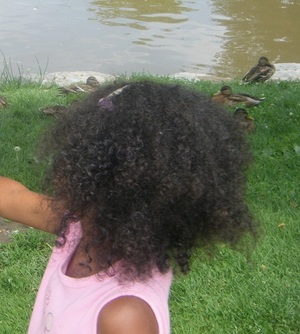A love for animals may come naturally for some kids, but not so much for others. Whether your kids show signs of care toward animals or not, it’s important to guide and foster it early one. My kids and I are huge advocates for animals, both through journalism and in action. We’ve physically rescued animals in need and also strive to help them in many ways, both directly and indirectly. Teaching kids to respect animals is a fun and rewarding experience.
Visit the local shelters. My kids and I often visit our local shelter and have come home with a few here and there when possible. The stories of shelter animals hold great lessons when it comes to teaching kids about respecting animals. Many of these animals have been abused, abandoned, or neglected due to lack of care and understanding about proper treatment. Parts of their stories will be on the papers attached to their cages. Shelter personnel may even know and share more if asked. We like to visit and give attention to the animals at least a few times every week. The fate of shelter animals is often unknown. While we cannot adopt them all, we feel we can make a great impact in their lives by playing with them and petting them. This at least lets them know they are loved and gives them a small pocket of sunshine, no matter what ends up happening down the road.
Observe neighborhood animals. Watching animals in their natural habitats also holds a good lesson. While watching them, explain to the kids how every living creature holds a place in nature. Taking away certain animals upsets the balance of things. While certain animals may be pesky at times, they are needed to sustain life. For instance, spiders creep some people out, but without them, we might have too many flies or other small insects. Squirrels can be backyard pests. But before you write them off, remember that they have a purpose. Like other small animals, they are prey for other animals. But the acorns they bury for food supply can also become trees, which are great for climbing, oxygen, and more. Teaching kids things like this helps them better appreciate and respect the purpose of animals.
Expose children to both wild and domesticated animals. Take the kids to wildlife reservations, horse barns, and even just to homes of people with pets. As explained above, animal shelters are also a good location for exposing kids to domesticated animals. Exposing them to both sides of the spectrum gives them a more broad understanding of animals. Allow them to do things like milk a cow, feed chickens, pet a cat or dog, hold rabbits, and more. The more exposure to all of these things, the better. Keep safety in mind, of course. Wild animals, like lions, should be observed from a distance at a zoo or reserve. Teach the kids about the purpose, habits, and nature of all animals while they interact.
Get a family pet. Once your kids gain some knowledge about animals and can be gentle with them, adding a family pet can help expand upon the lesson. Visit your local shelter and let them find a pet that matches your child’s abilities, as well as your family’s unique lifestyle. Some kids will do better with a small animal, like a hamster. Others may fare better with a cat or dog. Caring for a family pet helps children develop a love and respect for animals, as well as more responsibility, in general.
More from Lyn:
Small Animals Matter Too!: Hamster Slideshow
Parents, Please Educate Your Kids Before Adopting a Pet
Should You Adopt a Stray Animal with Kids in the House?




